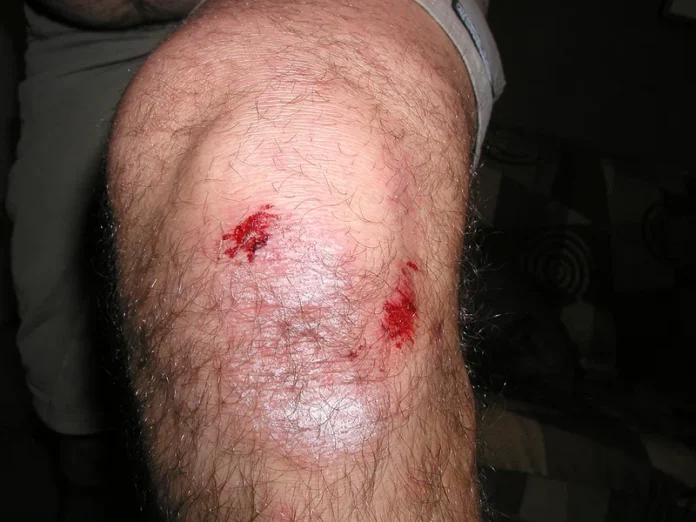Last Updated on March 9, 2025 by Bisma Sehar
Knee injuries are among the most common injuries, whether from sports, a fall, or overexertion. Proper and immediate treatment can help reduce pain and prevent further damage. If you’re wondering how to care for your knee right after an injury, here’s a step-by-step guide to help you recover, starting with assessing the severity of the injury and using the best ice pack for the knee to significantly aid in the recovery process.
Table of Contents
Step 1: Assess the Severity of the Injury
Before taking action, evaluate the extent of the injury. Signs of a serious knee injury include severe pain, swelling, inability to bear weight, or deformity around the joint. If you experience any of these symptoms, seek medical attention immediately. For mild discomfort or minor injuries, home treatment can be effective.
Step 2: Follow the R.I.C.E. Method
The R.I.C.E. method—Rest, Ice, Compression, and Elevation—is a tried-and-true approach for treating acute knee injuries.
Rest
Avoid putting weight on the injured knee. Use crutches or a brace to minimize movement if needed. Resting allows the injured tissues to heal and prevents further damage.
Ice
Apply an ice pack to the affected area as soon as possible. Ice helps reduce swelling and numbs the area, providing relief from pain. Wrap the ice pack in a thin cloth to avoid direct contact with the skin, which can cause frostbite. Aim to ice the knee for 15-20 minutes every 2-3 hours during the first 48 hours post-injury.
Compression
Use an elastic bandage or a knee sleeve to compress the area gently. Compression reduces swelling and provides support. Be careful not to wrap the bandage too tightly, as it could impede circulation.
Elevation
Keep the injured leg elevated above the level of your heart to reduce swelling. Use pillows or a reclining chair to prop up your leg comfortably.
Step 3: Manage Pain and Inflammation
Over-the-counter pain relievers, such as ibuprofen or acetaminophen, can help manage pain and inflammation. Follow the dosage instructions on the label, and consult a healthcare provider if you have concerns or pre-existing medical conditions.
Step 4: Protect the Knee
Protecting your knee from further harm is essential for proper recovery. Use a knee brace or wrap to stabilize the joint, especially if you need to move around. Avoid activities that may strain the knee, such as running, jumping, or heavy lifting.
Step 5: Monitor Your Progress
Over the next few days, keep an eye on the swelling and pain levels. If the knee doesn’t improve or if it worsens, consult a healthcare professional. They may recommend imaging tests, physical therapy, or other treatments based on your condition.
When to Seek Medical Attention
Some knee injuries require immediate professional care. Seek medical attention if you experience:
- Severe pain or swelling
- Inability to straighten or bend the knee
- Numbness or tingling
- Signs of infection, such as redness or warmth
Conclusion
Treating a knee injury promptly can make a significant difference in your recovery. Following the steps outlined above and incorporating tools like the best ice pack for the knee can help you reduce pain and promote healing. Always listen to your body, and don’t hesitate to seek medical advice if needed.
















